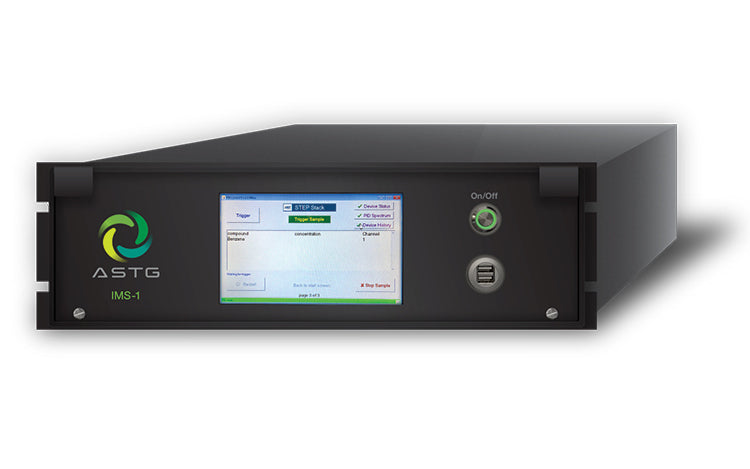In the world of semiconductor manufacturing, precision is everything. Even the slightest contamination can lead to defects, reduced device performance, and compromised equipment longevity. Among the most concerning threats are Airborne Molecular Contaminants (AMCs), which include substances like Ammonia (NH3), Hydrogen Chloride (HCl), and Hydrogen Fluoride (HF). These contaminants, often present in trace amounts, have the potential to degrade wafer surfaces, interfere with lithography processes, and ultimately impact product yield.
The Impact of AMCs on Semiconductor Production
AMCs originate from a variety of sources, including cleanroom materials, human activity, and external environmental factors. When these contaminants interact with sensitive semiconductor surfaces, they can cause:
- Corrosion and Material Degradation: Hydrogen fluoride, for example, can etch silicon and glass components, leading to long-term damage.
- Lithography and Etching Process Interference: Even minute traces of ammonia can disrupt photolithography, reducing pattern resolution and impacting device reliability.
- Yield Loss and Increased Production Costs: Defective wafers due to AMC exposure result in scrapped materials, rework, and ultimately financial loss.
Real-Time Monitoring and Advanced Contamination Control
At ASTG, we recognize that effective AMC mitigation is essential for maintaining high-yield semiconductor production. Implementing real-time monitoring and detection solutions can help manufacturers identify contamination sources and take immediate corrective action. Key strategies include:
- High-Efficiency AMC Filtration: Utilizing advanced filtration systems in cleanroom environments to minimize airborne contaminants.
- Real-Time AMC Sensing and Detection: Deploying state-of-the-art sensors to continuously monitor and alert operators to contamination spikes.
- Stringent Cleanroom Protocols: Enforcing best practices for personnel, materials, and equipment handling to prevent contamination introduction.
Ensuring a Cleaner, More Controlled Fabrication Environment
Proactive AMC management is crucial for ensuring semiconductor manufacturing efficiency and product reliability. By integrating advanced contamination control solutions, manufacturers can safeguard their production lines, protect sensitive equipment, and optimize overall yield.
Does your facility have a comprehensive strategy for mitigating AMCs? Let's discuss the best practices and solutions for achieving a contamination-free fabrication environment. Reach out to ASTG to learn more about how our expertise can help keep your operations running at peak performance.
Visit our Ion Mobility Spectrometer product page to learn more about our the IMS's versatility, compact design, and advanced technology that make it an essential tool for professionals in industries requiring continuous monitoring and fast detection.

